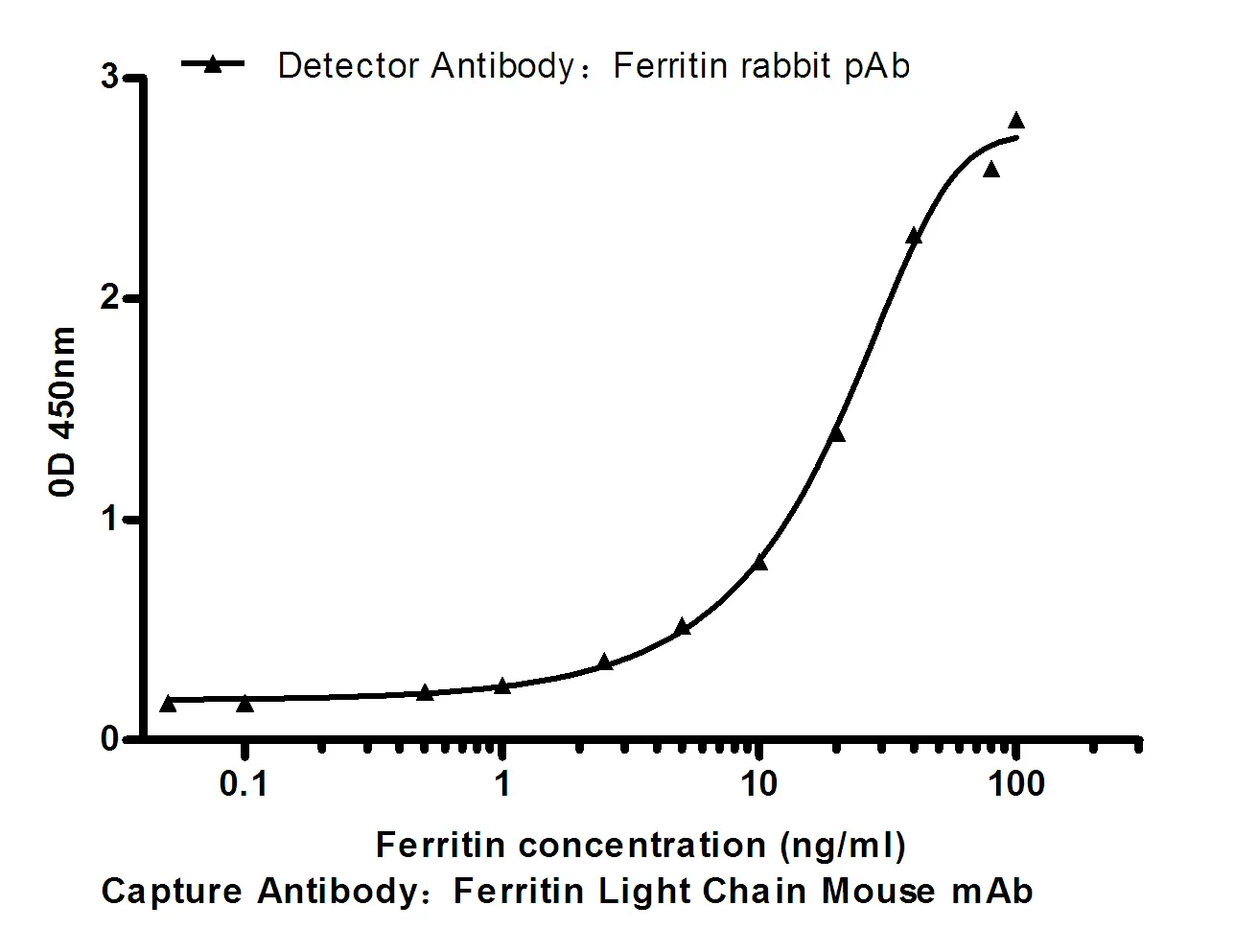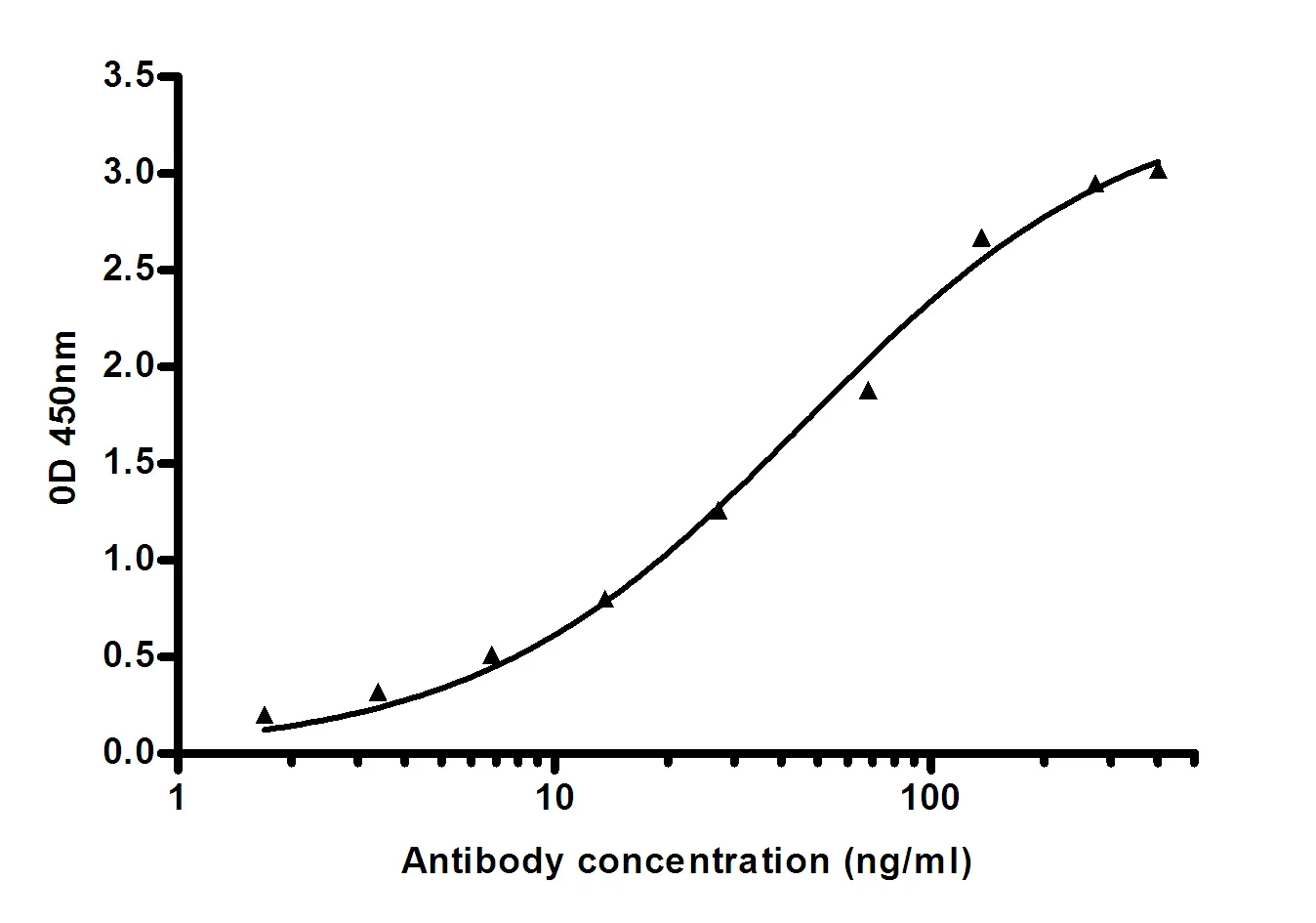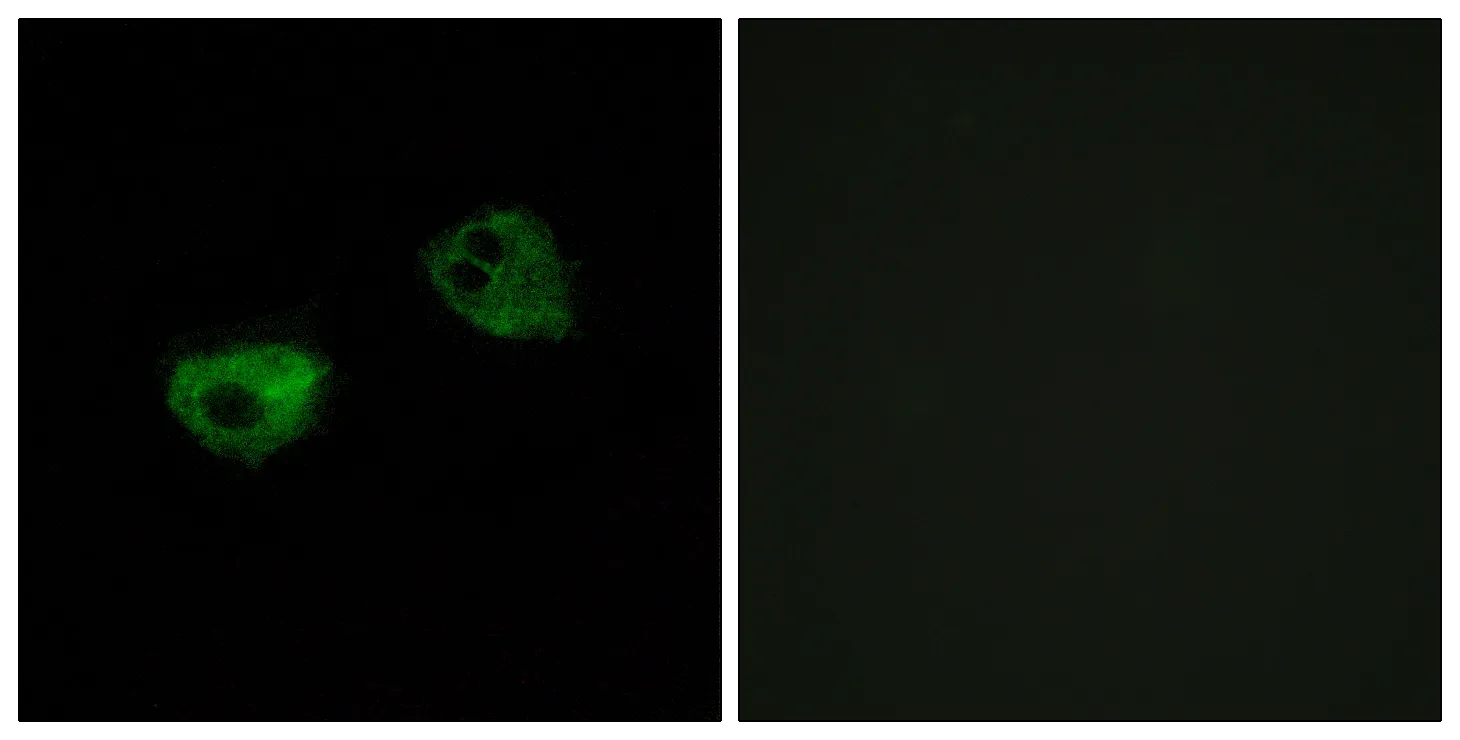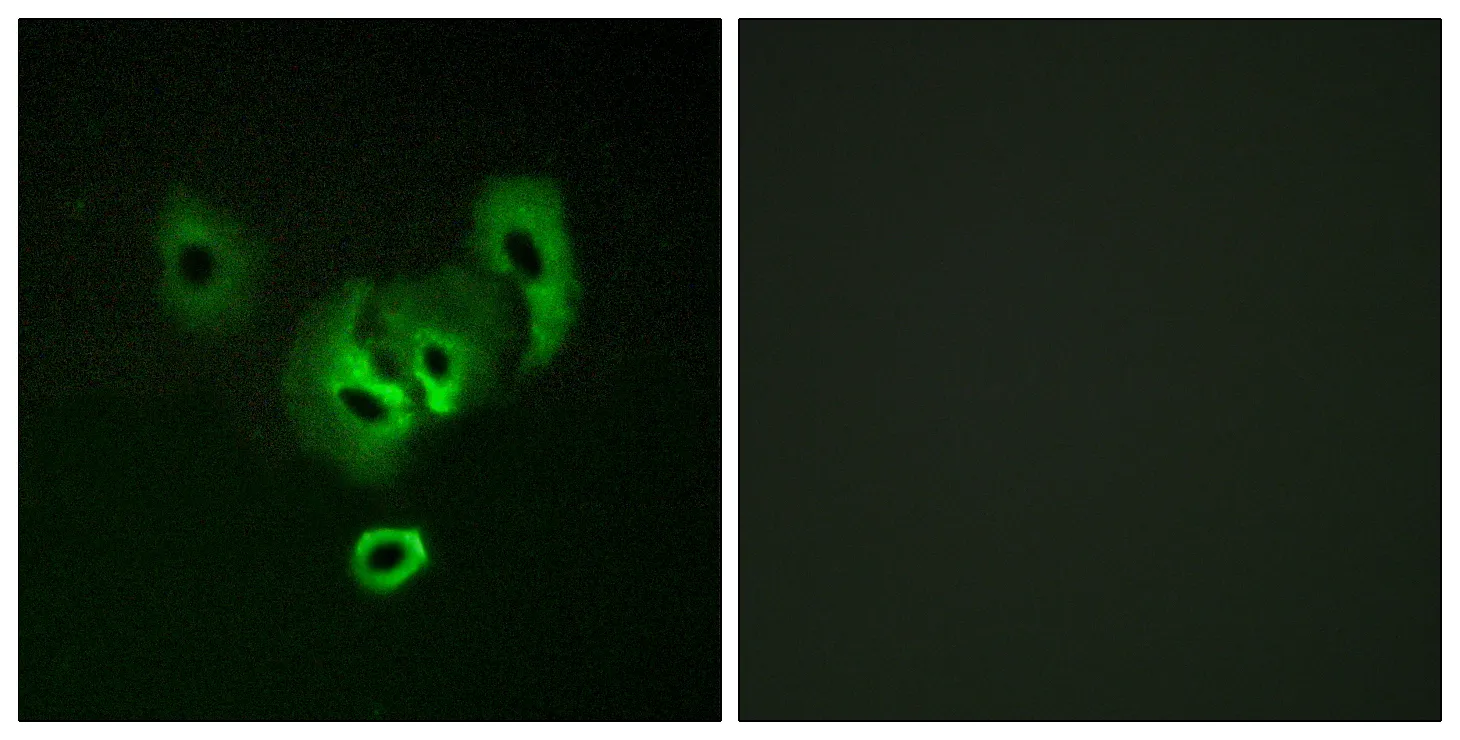Summary
Performance
Immunogen
Application
Background
The protein encoded by this gene is a pleiotropic cytokine that functions as a chemoattractant, a modulator of T cell activation, and an inhibitor of HIV replication. The signaling process of this cytokine is mediated by CD4. The product of this gene undergoes proteolytic processing, which is found to yield two functional proteins. The cytokine function is exclusively attributed to the secreted C-terminal peptide, while the N-terminal product may play a role in cell cycle control. Caspase 3 is reported to be involved in the proteolytic processing of this protein. Alternate splicing results in multiple transcript variants. [provided by RefSeq, Feb 2010],function:Interleukin-16 stimulates a migratory response in CD4+ lymphocytes, monocytes, and eosinophils. Primes CD4+ T-cells for IL-2 and IL-15 responsiveness. Also induces T-lymphocyte expression of interleukin 2 receptor. Ligand for CD4.,function:Isoform 1 may act as a scaffolding protein that anchors ion channels in the membrane.,function:Isoform 3 is involved in cell cycle progression in T-cells. Appears to be involved in transcriptional regulation of SKP2 and is probably part of a transcriptional repression complex on the core promoter of the SKP2 gene. May act as a scaffold for GABPB1 (the DNA-binding subunit the GABP transcription factor complex) and HDAC3 thus maintaining transcriptional repression and blocking cell cycle progression in resting T-cells.,induction:Isoform 3 is down-regulated in T-cells after TCR activation.,PTM:Isoform 3 is synthesized as a chemo-attractant inactive precursor in hemopoietic tissues and is proteolytically cleaved by caspase-3 to yield IL-16.,similarity:Contains 1 PDZ (DHR) domain.,similarity:Contains 2 PDZ (DHR) domains.,similarity:Contains 4 PDZ (DHR) domains.,subunit:Homotetramer (Probable); according (PubMed:9699630) the formation of a homotetrameric protein complex is not required for the chemo-attractant function. Isoform 3 interacts (via PDZ 3 domain) with PPP1R12A, PPP1R12B and PPP1R12C. Isoform 1 interacts with PPP1R12B. Isoform 3 interacts with GRIN2A. Isoform 3 interacts with GABPB1. Isoform 3 interacts (via PDZ 3 domain) with HDAC3. Isoform 1 interacts with GRIN2D, KCNJ10, KCNJ15 and CACNA1C (By similarity). Isoform 3 interacts with HTLV-1 tax.,tissue specificity:Isoform 3 is expressed in hemopoietic tissues, such as resting T-cells, but is undetectable during active T cell proliferation.,
Research Area






